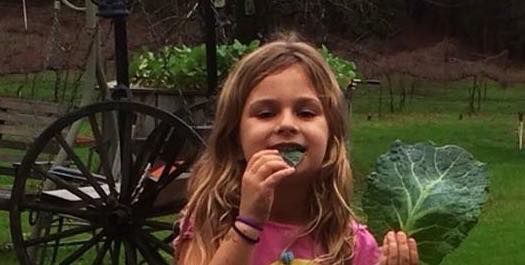Planning & Planting Your Fall Garden in South Carolina
Fall Gardening in South Carolina
Finally August is here, and everyone is getting the fall gardening bug. As my dad would always say, “Hold them mules!.” In other words- wait, and don't get too anxious to get your fall/winter crops in the ground.
I probably don't have to bring this to your attention, but August is hot. The heat doesn't usually let up until the middle of September. Don't worry, you have plenty of time to get your crops in because we have such a long growing season for our fall/winter crops.
If you have the need to jump the gun, you may start early by planting seeds indoors. Some fall crops that will benefit from planting indoors in trays are collards, cabbage, bok choy, broccoli, and cauliflower to name a few. Mustard greens, kale, turnips, spinach and lettuce do better by direct sowing, once the weather cools. This means those crops you will want to plant by seed directly into the ground.
Around the middle of August, Sal's will begin having seedlings to purchase. Seedlings are plants already started in trays. It is up to you rather to start your own seeds, or to wait and purchase the plants later. You also can do both. Remember you can plant your fall/winter garden from September, all the way into February.
Another crop that you don't want to forget about are the winter peas. Kids love the sugar snap peas and they are easy to grow. Carrots are also a fall crop, but they are a little more challenging grow. Many of your fall crops, kids will balk at eating, but keep in mind that kids love to eat what they grow. Come up with some creative ways to serve and cook them. I love fried kale chips. You also can make some cool salads with arugula, lettuce, and mustards, and let your children pick out their favorite salad dressing.
Remember to keep it local and Get Growing South Carolina.
Sal's Quick Tip - Fall Plants are HEAVY FEEDERS
Nitrogen is needed every three weeks for success. Start with one eight of a teaspoon, 3 weeks after you have transplanted your seedlings. Then double every three weeks until you are up to one teaspoon. Then continue to feed every three weeks until harvest. You can choose to go with an organic fertilizer, like blood meal or cottonseed meal, or a non-organic like Nitrate of Soda, which is taken from the air during a chemical process. Make your purchase at Sal's f you are close.











































